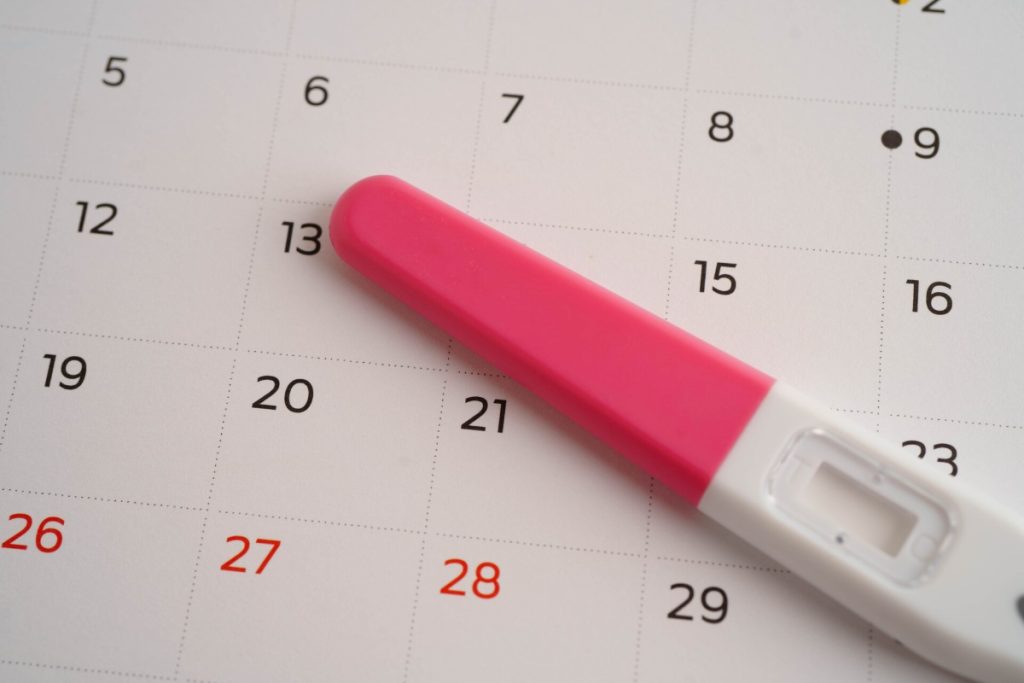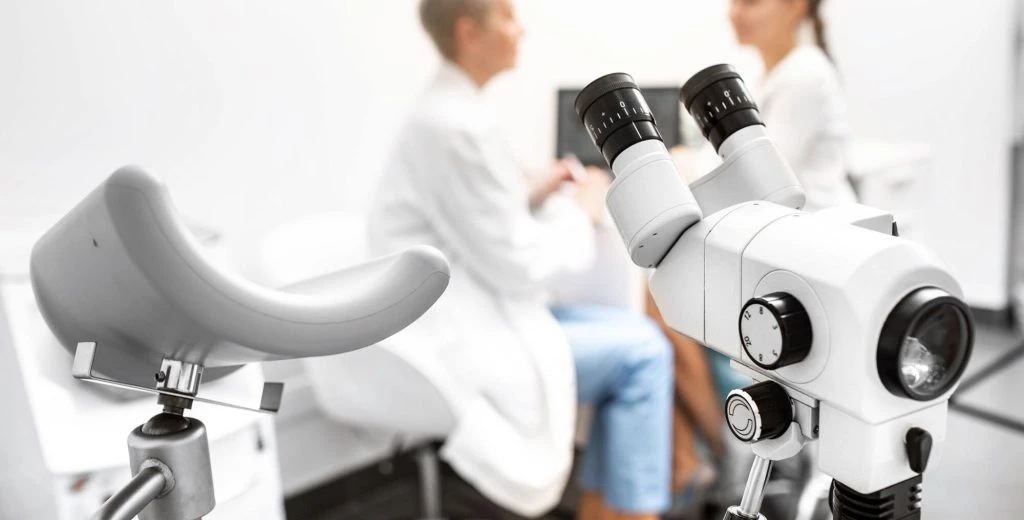Discovering whether you might be pregnant is a moment filled with anticipation, anxiety, and often a pressing need for clarity. Home pregnancy tests are designed to give quick answers, but their accuracy depends heavily on timing and how they are used. If you’re wondering when to take a pregnancy test for the most reliable result, these eight tips will guide you through the science, the practicalities, and the common pitfalls.
1. Understand how pregnancy tests work
Most home pregnancy tests detect the presence of human chorionic gonadotropin (hCG), a hormone produced after a fertilised egg implants in the uterus. Levels of hCG rise rapidly in the early stages of pregnancy, but they’re not detectable straight away. That’s why testing too soon often leads to a negative result, even if conception has taken place. Recognising this biological process helps explain why patience plays such an important role.
2. Wait until your period is late
Although it can be tempting to test the moment you suspect pregnancy, the most accurate results usually come after your period is due. For many women, that means waiting around two weeks after ovulation. Some highly sensitive tests claim to detect hCG earlier, sometimes up to six days before your missed period, but accuracy at that stage is significantly lower. If you want confidence in the result, waiting until your period is at least a day late gives the test more hormonal evidence to work with.
3. Use first-morning urine whenever possible
The concentration of hCG is highest in the morning, after hours of not drinking or urinating. Using first-morning urine often improves the sensitivity of the test, especially if you’re only a few days past your missed period. If morning testing isn’t possible, try to limit fluid intake for a few hours beforehand to avoid diluting hormone levels.
4. Follow the instructions carefully
It sounds obvious, but many inaccurate results stem from not following the test’s instructions precisely. Different brands have slightly different timings, recommended methods, and result display windows. Reading the leaflet thoroughly and sticking to the exact directions – whether that’s holding the test in your urine stream for a set number of seconds or waiting the full time before interpreting results – can be the difference between clarity and confusion.
5. Be aware of false negatives and false positives
False negatives are far more common than false positives. Testing too early, drinking excessive fluids, or using a test past its expiry date can all reduce accuracy. False positives, on the other hand, may arise from certain fertility medications containing hCG, very early miscarriage (sometimes called a chemical pregnancy), or, rarely, medical conditions affecting the ovaries. Understanding these possibilities can help you interpret your result without unnecessary panic.
6. Consider your cycle and ovulation patterns

Not everyone has a textbook 28-day cycle. If your periods are irregular, pinpointing ovulation can be tricky, which in turn makes it harder to judge when to test. In these situations, it can be helpful to track ovulation through basal body temperature or ovulation predictor kits. If you’re actively trying to conceive, knowing the best time to get pregnant can also help you predict when testing is likely to be most reliable.
7. Retest if results are unclear
If you test before your period and get a negative result but still suspect pregnancy, retesting after a few days is often the best course of action. hCG levels double roughly every 48 to 72 hours in early pregnancy, so waiting even a short time can make a significant difference. Equally, if the test shows a faint line or you’re unsure how to interpret it, repeating with a fresh test under optimal conditions can provide reassurance.
8. Seek professional support when needed
While home pregnancy tests are convenient, they’re not the final word. If your results are confusing, your cycle is highly irregular, or you simply want professional confirmation, booking an appointment can offer clarity. In many cases, blood tests or ultrasound scans provide more accurate and immediate answers than home kits. If you’re considering private care, you may wish to see a private obstetrician like us at GG Healthcare for expert advice and ongoing support tailored to your circumstances.
Putting it all together
So, when is the best time to take a pregnancy test? For most people, the answer is simple: wait until at least the day after your missed period, use your first-morning urine, and follow the instructions carefully. If the result is unclear, give it a few days and try again. Remember that while home tests are highly accurate when used correctly, they are not infallible, and seeking professional input is always an option if you’re unsure.
Pregnancy is a deeply personal journey, and the questions that arise at the earliest stages are often the most emotionally charged. By understanding how these tests work and respecting the limits of timing and biology, you can reduce uncertainty and make decisions with greater confidence. And whether you’re hoping for a positive or fearing one, know that support and advice are available every step of the way.







